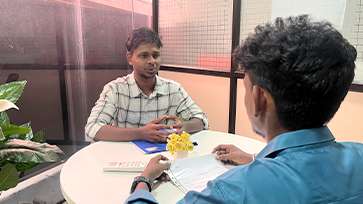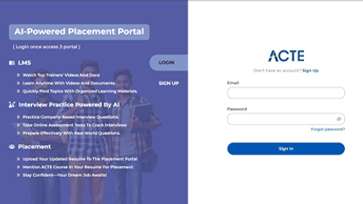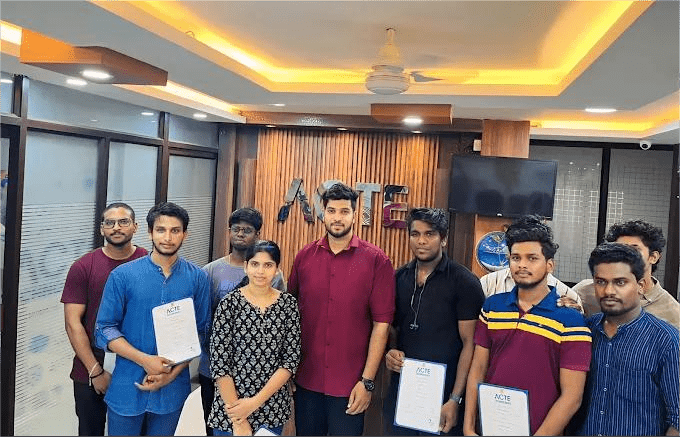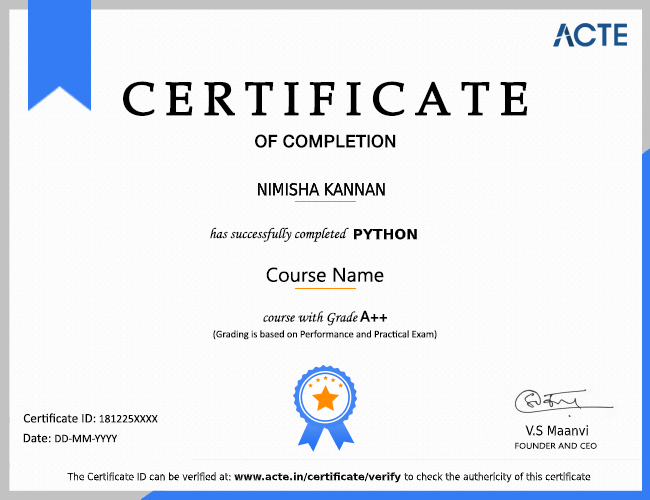1. How would you describe your experience and responsibilities as a Scrum Master?
Ans:
As a certified Scrum Master the role involves guiding Agile teams across projects and ensuring smooth execution. Responsibilities include facilitating sprint planning, daily stand-ups, sprint reviews and retrospectives. A culture of continuous development is fostered by the Scrum Master, who removes barriers, encourages teamwork and makes sure the team produces excellent outcomes on time.
2. How can you explain Scrum and its distinction from Agile?
Ans:
Scrum is a structured framework within the broader Agile methodology that organizes work into short, iterative cycles called sprints. While Agile provides principles and values for flexible project management, Scrum defines specific roles, events and artifacts. This helps teams to apply Agile practices systematically and achieve predictable consistent outcomes.
3. What are the primary responsibilities of a Scrum Master?
Ans:
A Scrum Master ensures the Scrum framework is implemented correctly by the team. This includes facilitating ceremonies, coaching on Agile best practices, assisting the Product Owner and removing barriers. Additionally, the Scrum Master encourages collaboration, maintains transparency and fosters ongoing team development.
4. How should conflicts be managed within a Scrum team?
Ans:
Conflicts in Scrum team are addressed by promoting open communication and facilitating group discussions. The focus is on collaborative problem-solving and building mutual understanding. By maintaining a positive and supportive environment Scrum Master prevents conflicts from escalating and keeps the team productive and aligned.
5. What are the key Scrum artifacts and their significance?
Ans:
The main Scrum artifacts are the Product Backlog, Sprint Backlog and Increment. These provide transparency, track progress and ensure that both team members and stakeholders understand goals and current work. Proper use of these artifacts keeps the team aligned, focused and able to deliver value consistently.
6. How is quality maintained within a Scrum team?
Ans:
Quality is ensured through practices such as Test-Driven Development, Continuous Integration, peer code reviews and sprint retrospectives. These methods help detect issues early, uphold best practices and ensure deliverables meet sprint objectives while promoting continuous improvement across the team.
7. What is a burndown chart and how is it utilized in Scrum?
Ans:
An illustration of the amount of work left in a sprint across time is called a burndown chart. It allows the team to monitor progress, quickly spot potential delays or obstacles and take corrective actions. By reviewing this chart regularly, teams can stay on track and achieve sprint goals efficiently.
8. How are changes handled during a sprint?
Ans:
Changes during a sprint are managed in collaboration with Product Owner and team. Critical modifications may be incorporated immediately through replanning, while less urgent items are added to the Product Backlog for future prioritization. This assure that current sprint remains focused while accommodating necessary adjustments.
9. How can daily stand-up meetings be conducted effectively?
Ans:
Daily stand-ups are short, focused meetings where team members share completed tasks, upcoming plans and any blockers. The Scrum Master ensures meetings are time-boxed, encourages participation from all members and keeps the team aligned, enabling quick problem-solving and progress tracking.
10. How is the performance of a Scrum team assessed?
Ans:
A Scrum team’s performance is evaluated based on sprint goal achievement, quality of deliverables, team collaboration, stakeholder satisfaction and continuous improvement. Effective Scrum teams consistently deliver value, learn from each sprint and enhance processes for future success.

























